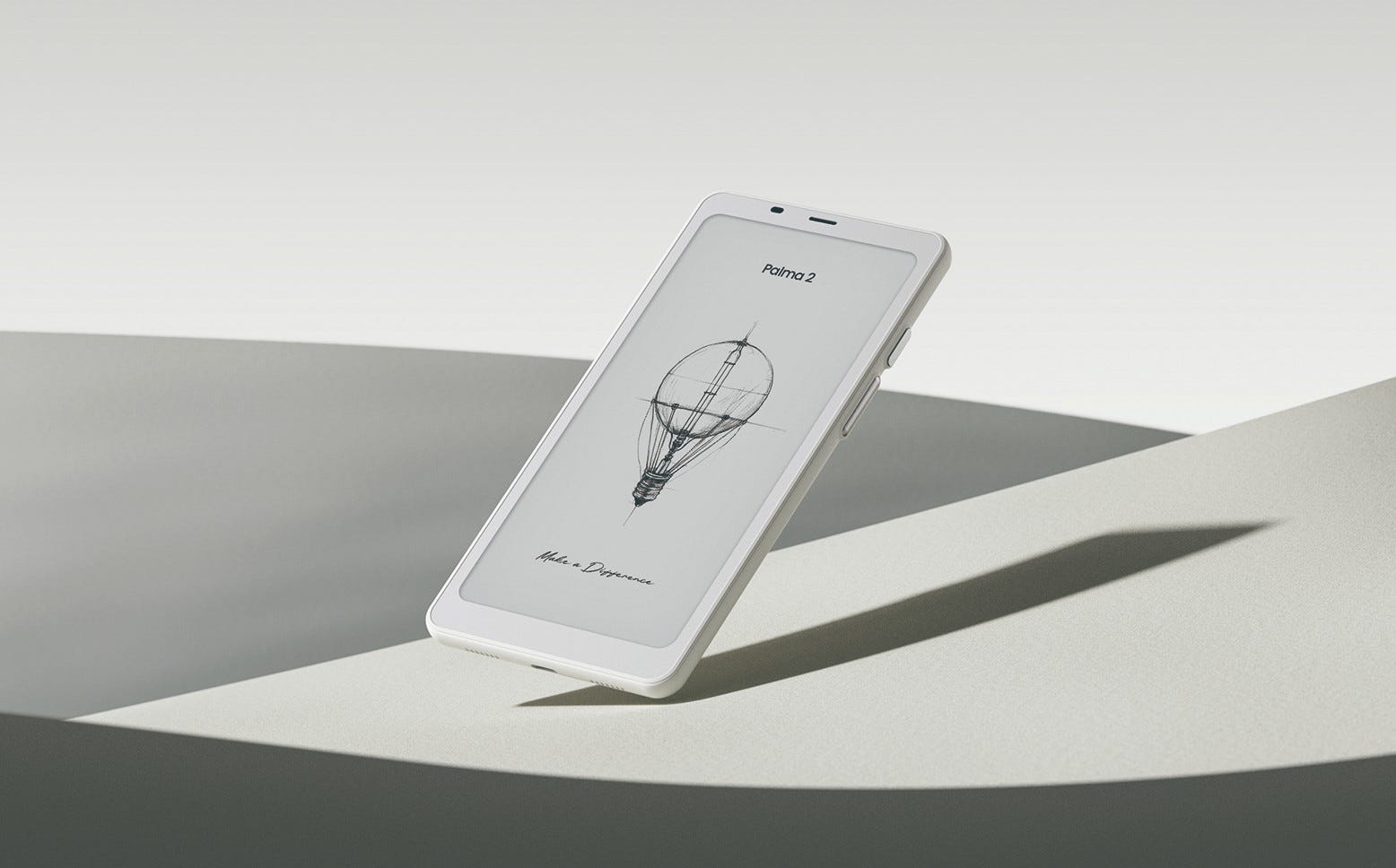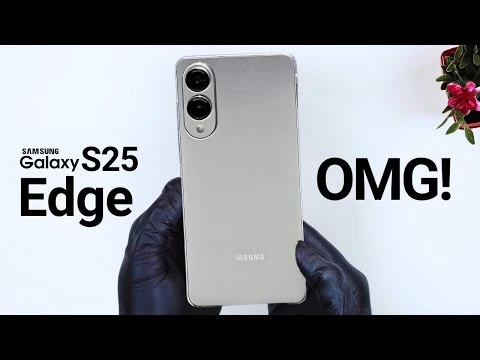The Boox Palma 2, marketed as a “distraction-free device,” offers a unique blend of e-reader functionality with a touch of smartphone versatility. Positioned as a secondary gadget to reduce dependence on feature-heavy smartphones, the Palma 2 aims to reclaim focus and simplify digital interaction—a concept similar to the Light Phone, which prioritises minimalist tech to limit distractions.
However, distinguishing between essential functions and distractions is subjective, making this goal ambitious and challenging.
Read also: HMD Fusion Smartphone: “We Are Venom” Edition
Features and limitations of the Boox Palma 2 E-reader
Unlike minimalist devices that purposefully restrict features, the Palma 2 adopts a middle ground by retaining some smartphone-like capabilities. Running on an older version of Android with Play Store access, the Palma 2 comes with a camera, microphone, speakers, Bluetooth connectivity, and an upgraded octa-core processor.
For added privacy, it includes a fingerprint reader. These features open doors to functionality beyond e-reading, but there are clear limitations due to the ePaper display, which works exceptionally well for reading but needs more responsiveness than typical smartphone screens.
Interestingly, the Palma 2 lacks a SIM slot, meaning it can’t make direct calls, and it also has no GPS, restricting its use for navigation. Some users have experimented with workarounds, such as using WhatsApp’s voice feature or connecting to a GPS-enabled device, illustrating the inventive ways users adapt technology when faced with limitations.
Read also: What to know about Tecno’s affordable Spark 30 Pro smartphone with 120Hz refresh rate
Boox Palma 2’s core strengths as an E-reader
Despite its hybrid nature, the Palma 2 shines primarily as an e-reader. The ePaper display is easy on the eyes and battery, boasting a 300 ppi resolution and a front light perfect for reading in low light. Compared to the previous version, the updated processor reduces lag, enhancing the reading experience.
However, ePaper’s inherent refresh rate limitations may still be noticeable when navigating apps or switching tasks, reminding users that the Palma 2 isn’t a direct smartphone replacement.
For many, including early reviewers, the Palma 2’s value may lie in its core reading capabilities rather than its additional features. Those seeking a simple, portable e-reader that fits in a pocket may find Palma’s design compelling, though its $280 price tag may seem steep unless one plans to use its broader functionality.
The Palma 2 is a curious device distinguishing between an e-reader and a multi-functional gadget. Its blend of features feels like a digital assistant (PDA) from another era, which may appeal to users looking for a focused reading experience without the full suite of smartphone distractions. With a lower price and a pure e-reader version, the Palma could become a hit among minimalist tech enthusiasts. In its current form, it’s an intriguing mix that’s likely to catch the attention of those who appreciate innovation in digital reading devices.
















